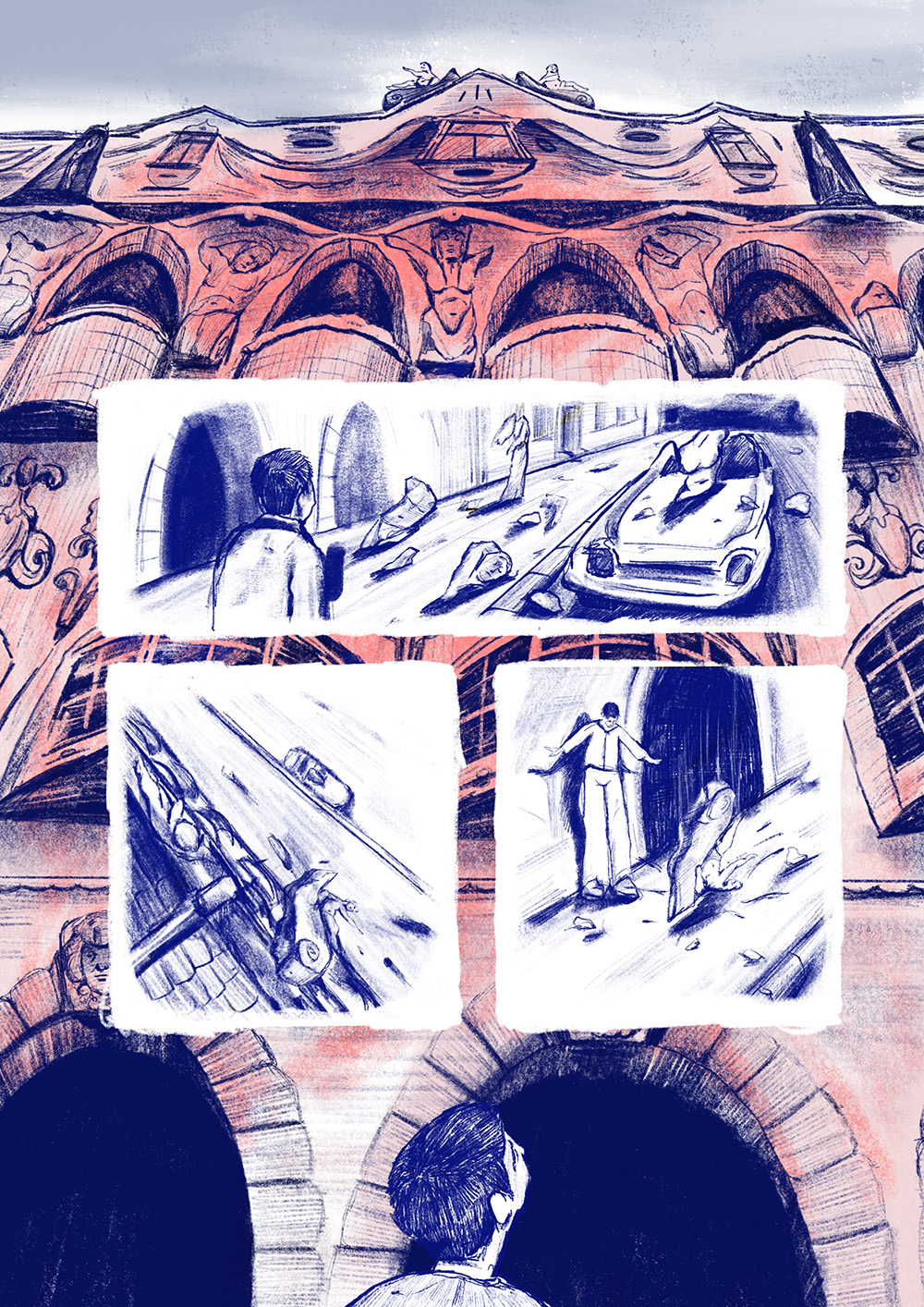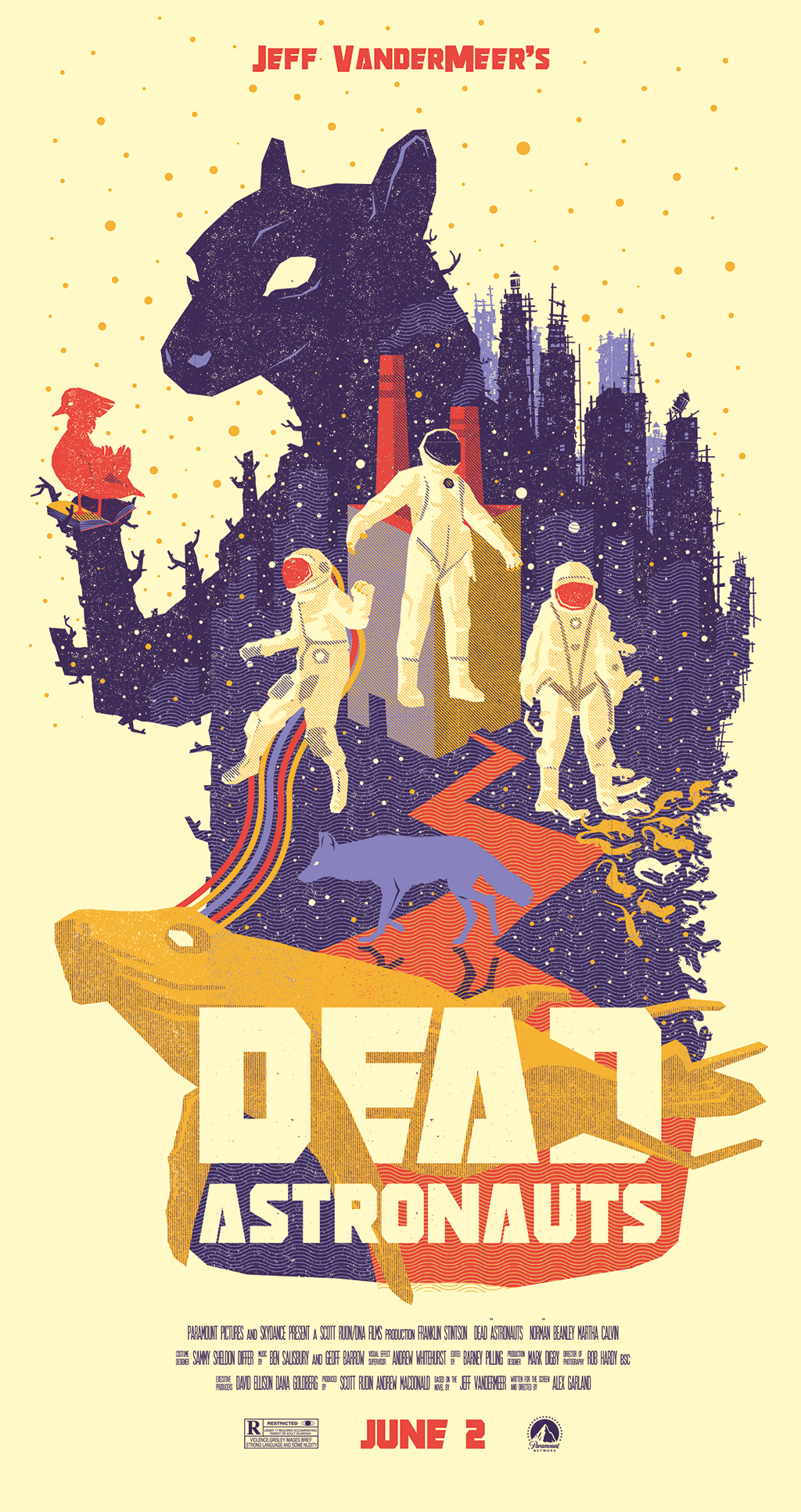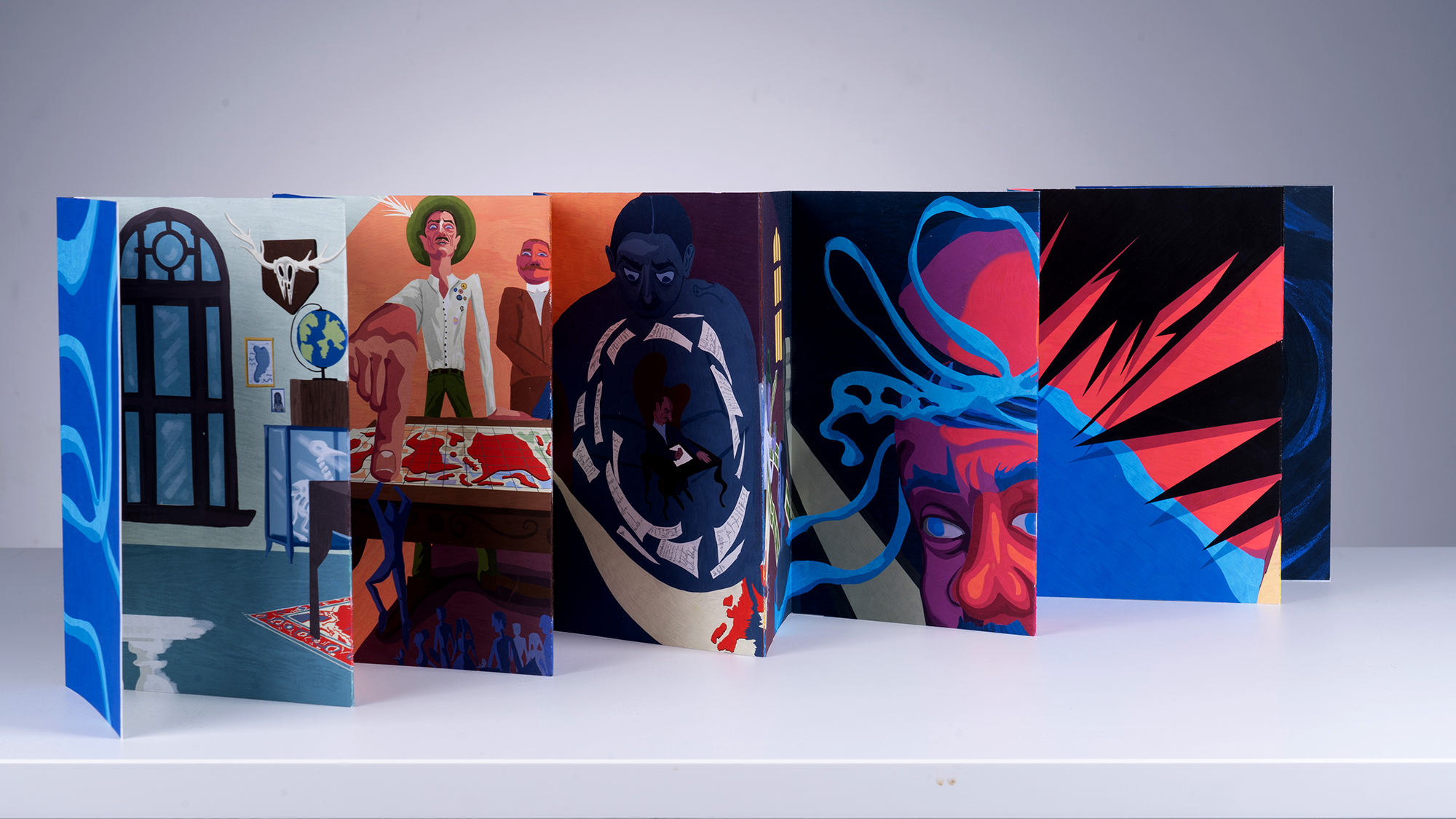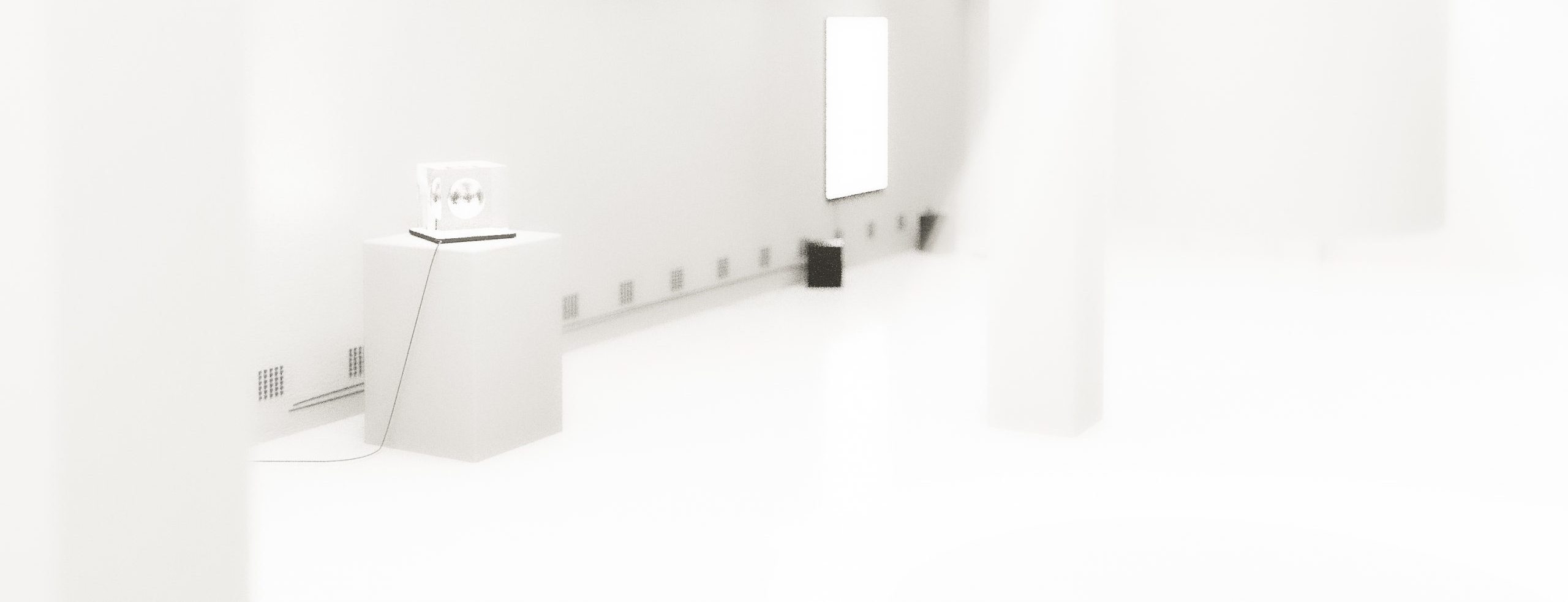
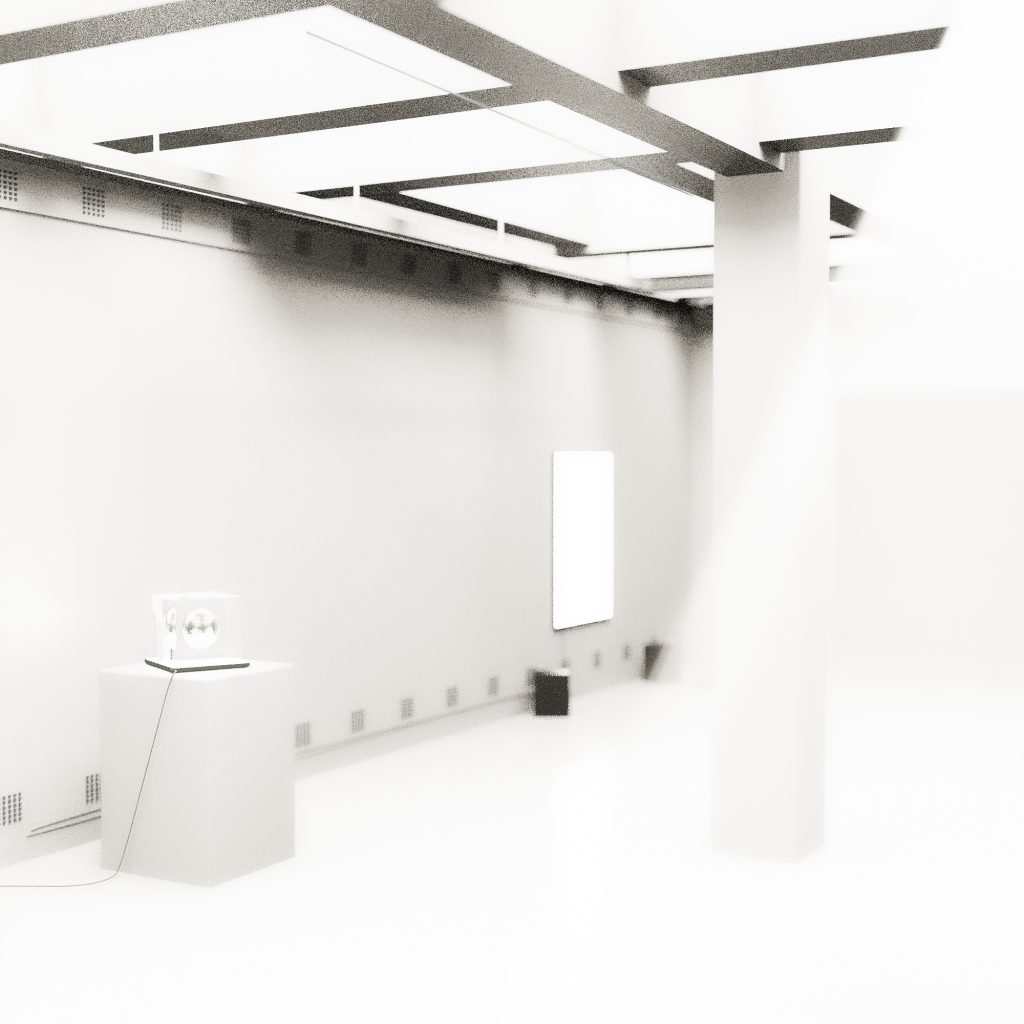
Seven Etudes on Data Compression – Installations by Áron Vásárhelyi
Áron Vásárhelyi studies the relationship between data and information as part of a multicomponent experimental project. His masterwork Compressed Data uses seven installations, the related exhibition plan and a catalogue to reflect on our changed data selection patters. His central thesis is that due to the vast size of available storage space, we hardly ever sit down to select data afterwards, with the result that photos, videos and texts keep piling up on our computers and raw data are rarely turned into processed information.
Rather than offer solutions, he presents thought-provoking possibilities. His work process is characterised by research and experimentation. As he puts it, “You shouldn’t stop at concept level”. Working prototypes and live code form the backbone of the seven etudes and come together to form a coherent whole.
The arrangement of the seven installations also reinforces their reflection on each other: there are one central work and three pairs of photos in the conceptual space that all form a united whole visually. Áron uses two stylised shapes, a square and a circle for the visual representation of data and information, respectively, with combinations of these two appearing throughout his pieces. The constructed nature of the square and the artlessness of the circle stand for the difference between data and information, and enable a simplicity of expression without carrying extra meaning.
Data and Information – about the centre of the universe
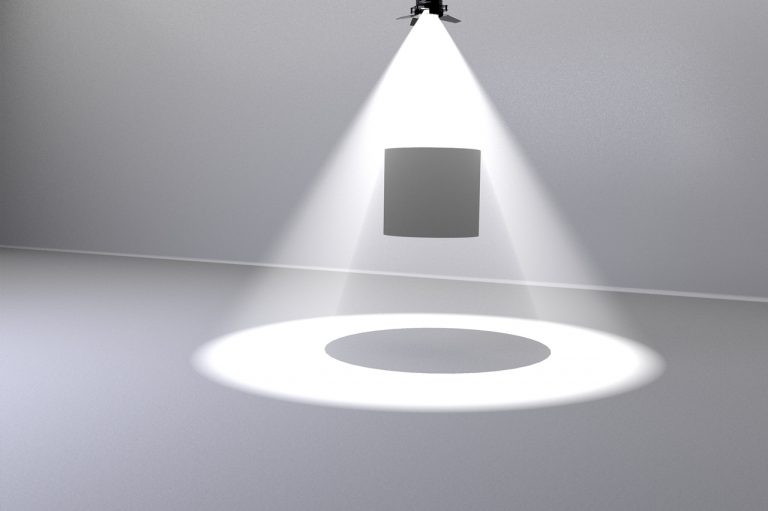
His installation Data and Information forms the centrepiece of the space, reflecting with its placement on the central role the subject occupies in our lives. A cylinder with matching radius and height is suspended at a height of 180 cm, and when illuminated, its shadow forms a circle. This is intended to illustrate that the difference between data and information is purely a matter of perspective, with infinite interpretation possibilities.
Burnout – about the impossibility of digesting information

Through this piece, Áron addresses burnout in its physical, mental and sociological dimensions. He looks at the relationship of man and data, and raises the question whether data compaction makes it easier to take in information. The virtually unintelligibly vast profusion of data hampers information selection, and oversaturation leads to burnout, just like in the case of a photo. He uses a glass cube that can be illuminated from below to show this. Inside there is a sphere that only becomes visible with the light switched off. Once it’s switched on, the sphere disappears – burns out. This is a representation of the impossibility to digest information in the face of the infinite amount of data.
Duplication – about original copies
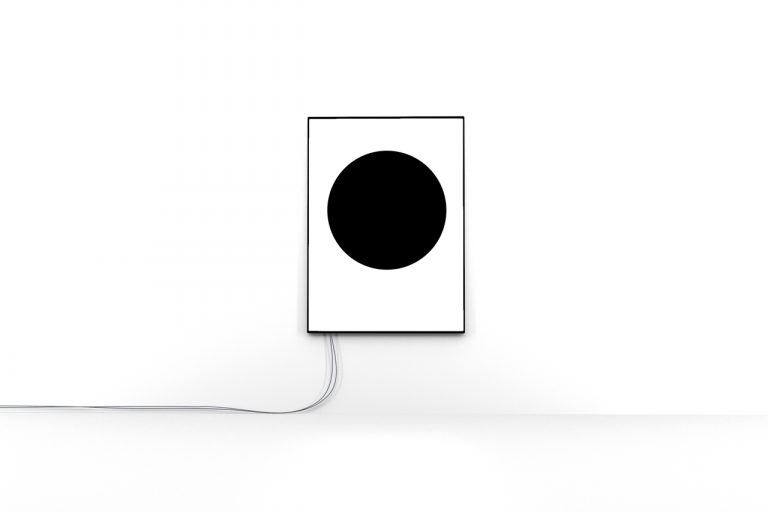
His piece Duplication explores the subject of originality and whether a copy can measure up to the original, in other words, whether changes and constant replication of data alter information. The display shows a black circle, or, more precisely, a new black circle every second. Each new circle deletes and replaces the previous one, and flashes once. Does it mean the new circle become the original or is it just a copy of the previous one? Does the circle have an original version at all?
Mirror – about the description of the world
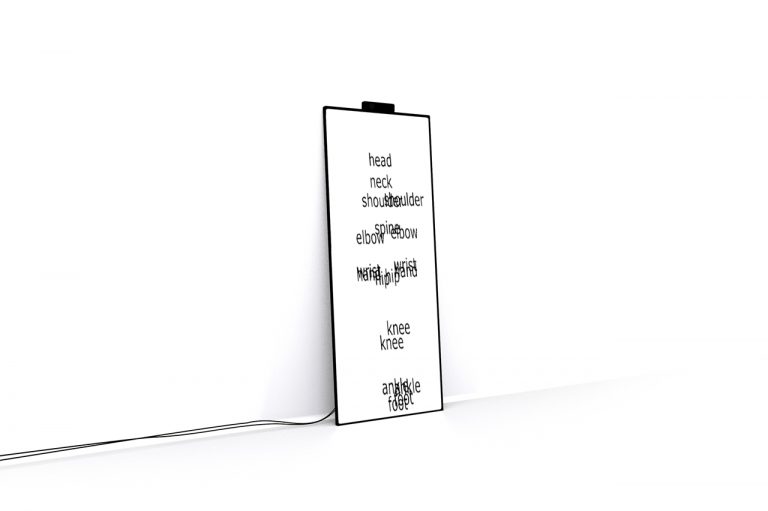
The majority of data are saved verbally, in written or oral form. This piece questions our ability to describe the world, and draws attention to the infinite possibilities of interpretation of things heard or seen. Standing in front of the interactive sensor display, rather than see a reflection of ourselves, we are shown the names of our body parts on the screen, in a sort of verbal mirror image. The Mirror only provides schematic data: having no more information about us as individuals, it is a social abstraction, portraying everyone identically.
Perception – about invisible data
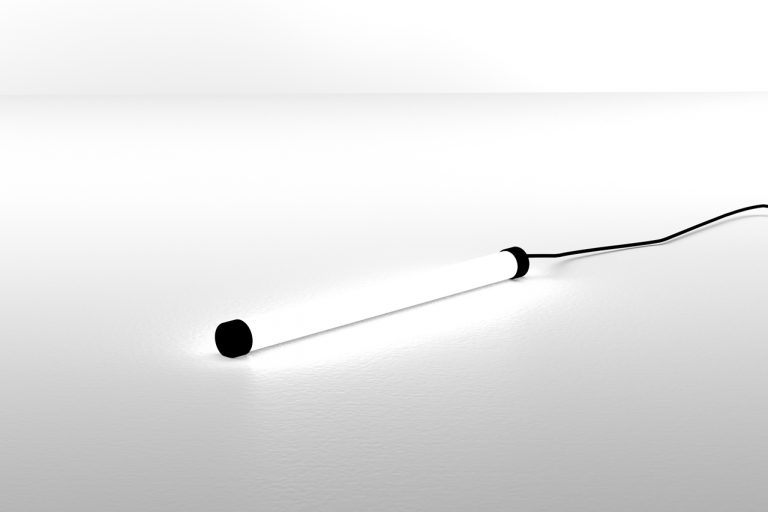
In order to access, or, more precisely, decode data, we need a key. Áron has designed a LED tube that transmits Morse code at a frequency high enough for the human eye to perceive it as one continuous light. As a result, the data transmitted becomes indecipherable to us due to the invisibility resulting from high speed. It raises the question whether the increased speed of data flow shifts the boundaries of data, and whether data can remain data in the absence of a key.
Masking – about the invisibility of existence
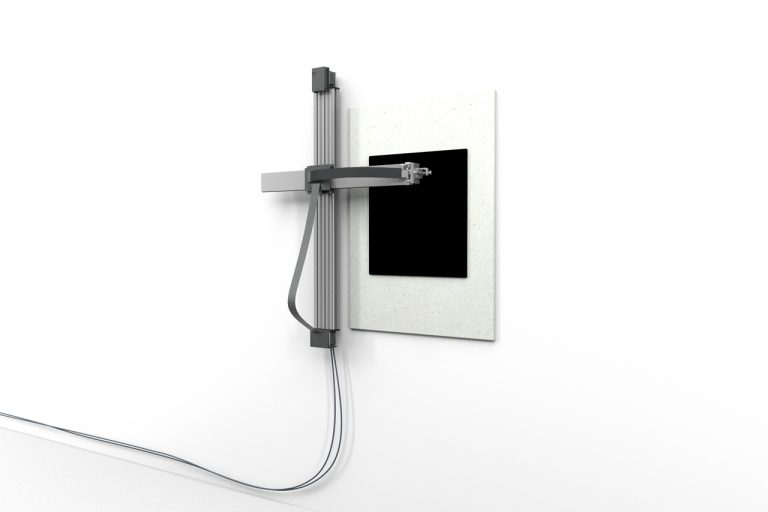
Masking looks at the process of data overwriting. It is the counterpoint to the installation Duplication: here the focus is shifted from deletion and copying of data to data transformation. A square displayed on the piece is painted by a drawing plotter on top of each other over and over again. We always see the same, but it is a different square each time, even though the previous ones are still there, and the layers of paint interact with each other. The data continues to exist – what’s more, they keep multiplying, but not being able to see them, we cannot decode them.
Flow – about change
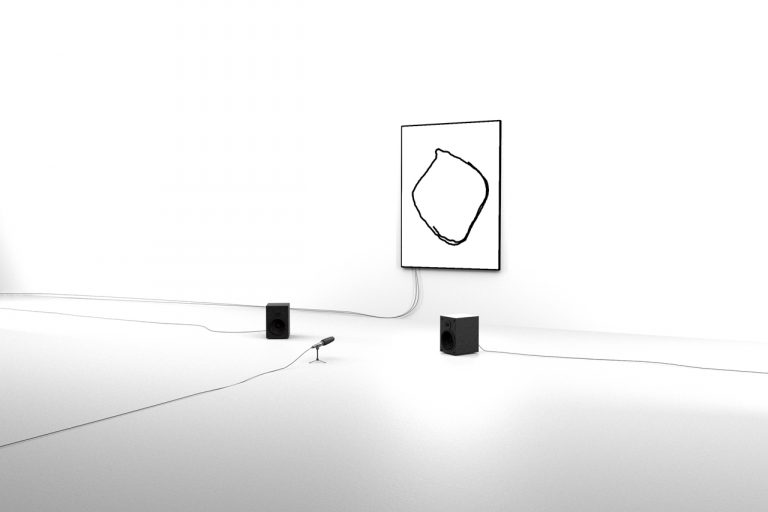
The installation Flow deals with the transmission and vulnerability of data. Áron uses soundwave – a stereo mike and two speakers – to reveal the sensitivity of data. One speaker plays sinus waves along the X axis, and the other along the Y axis constantly, with the microphone is trying to decipher them. As a result of vulnerability, the circle on the screen is deformed, possibly caused by ambient noises.
A publication featuring the seven projects itself is also a playful take on the subject of data visualisation. The layout is packed with letters, making the pages look cramped and illegible. The publication is perhaps an even more graphic illustration of the multitude of information being lost in an excessively vast volume of data.
Áron talks about his work in retrospect 6 months after it was completed, and keeps going back to the underlying concepts, improving and fine-tuning them to ensure maximum clarity for the exhibition.
// /
The masterwork was completed at the Graphic Design MA of Moholy-Nagy University of Art and Design. Áron Vásárhelyi’s supervisor and thesis consultant was Béla Hegyi and Ákos Schneider, respectively.
